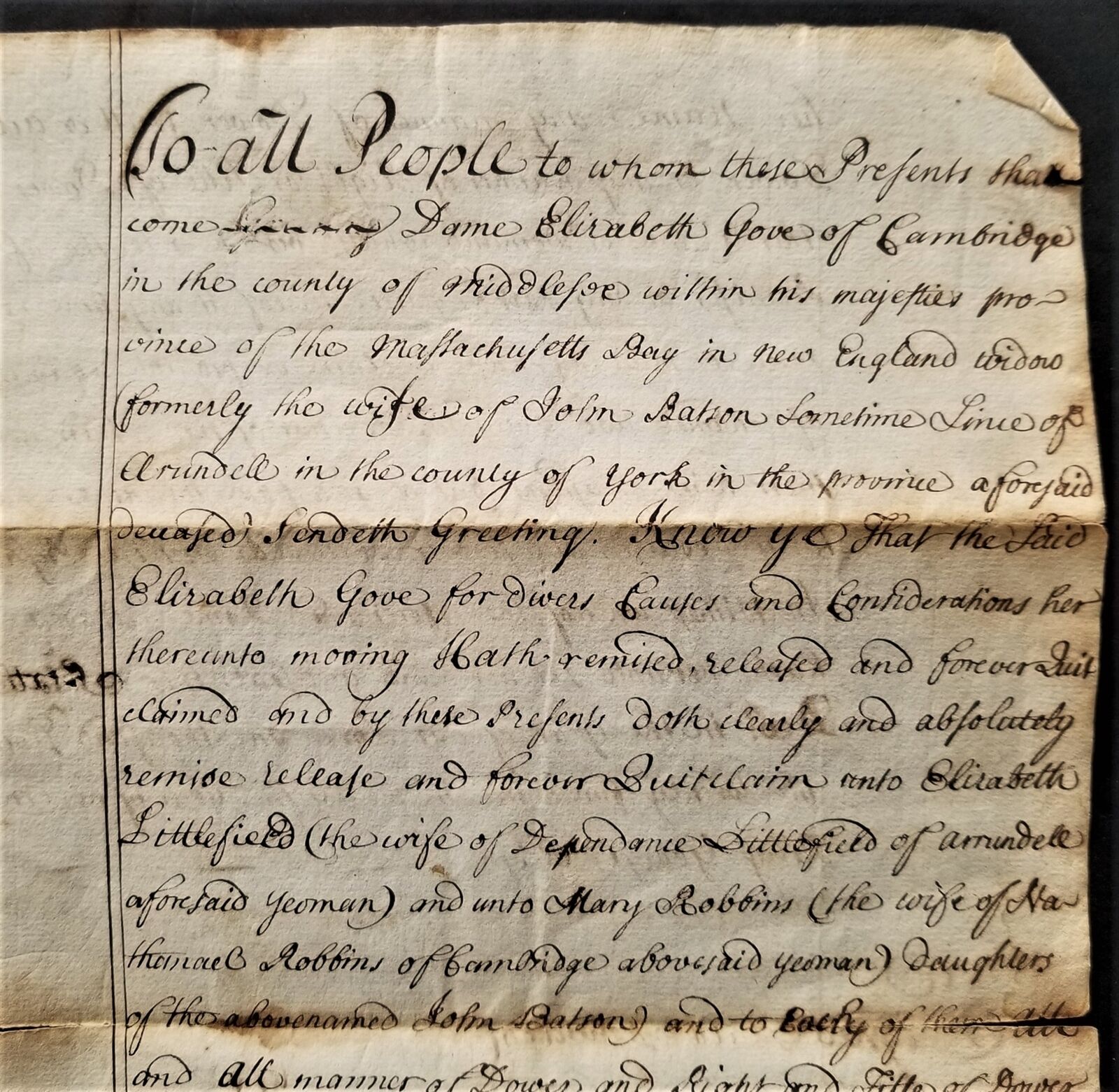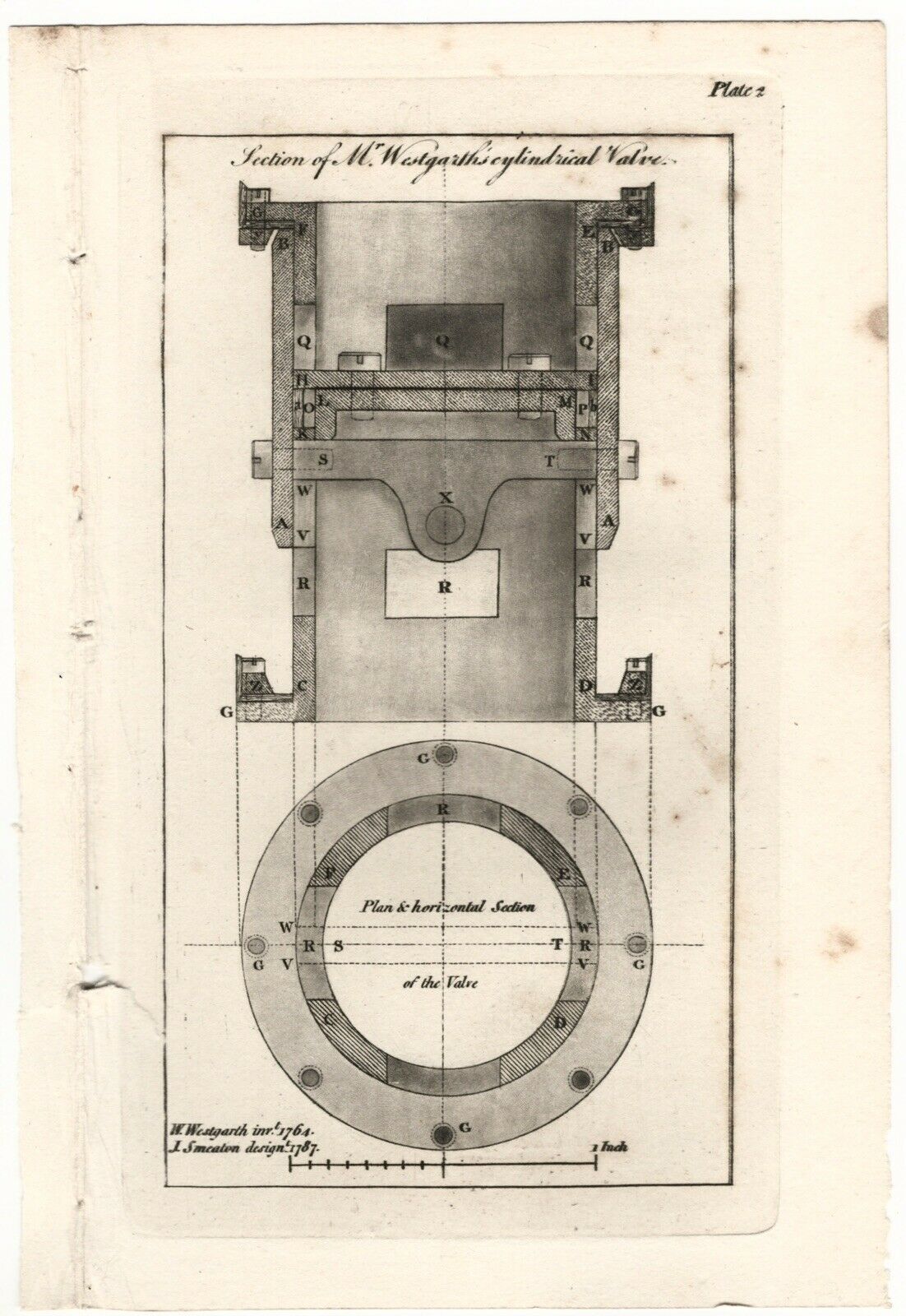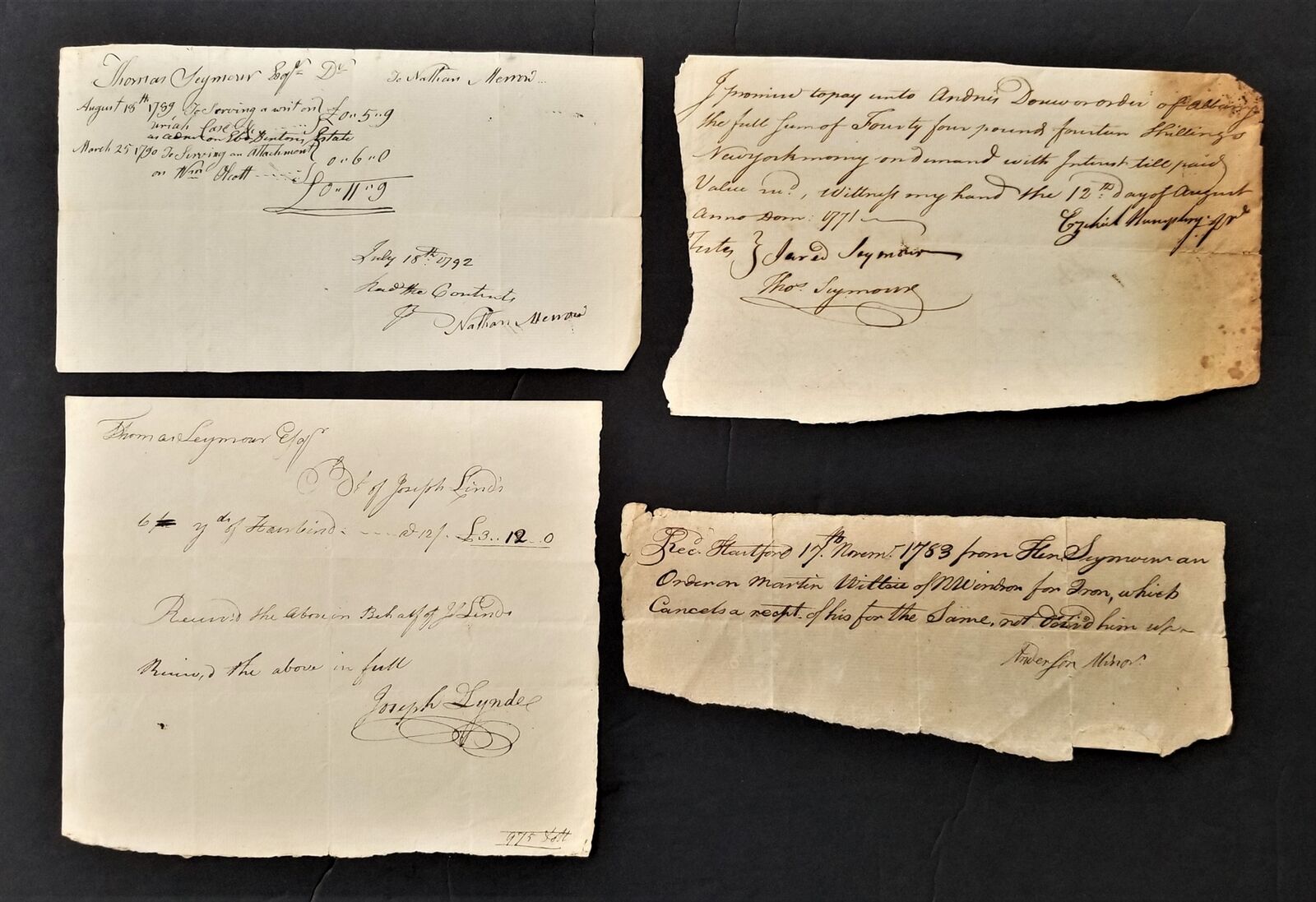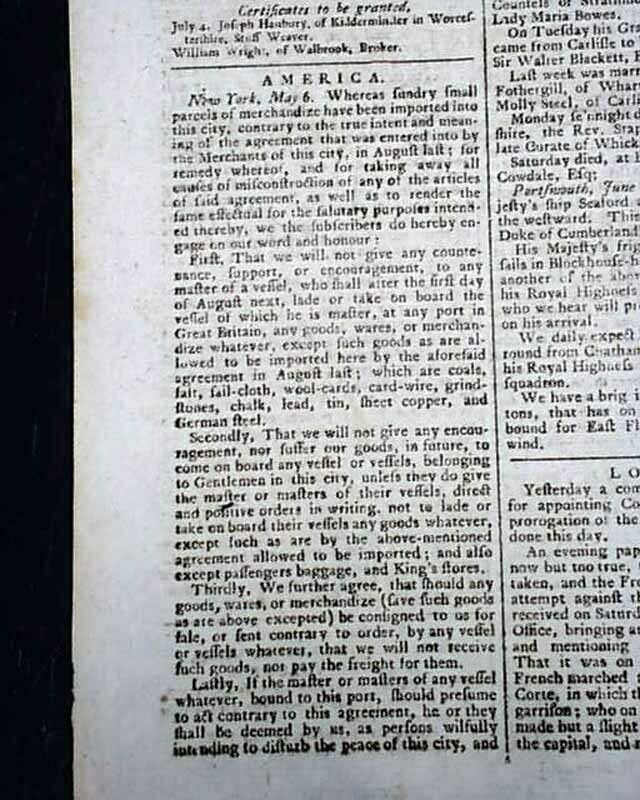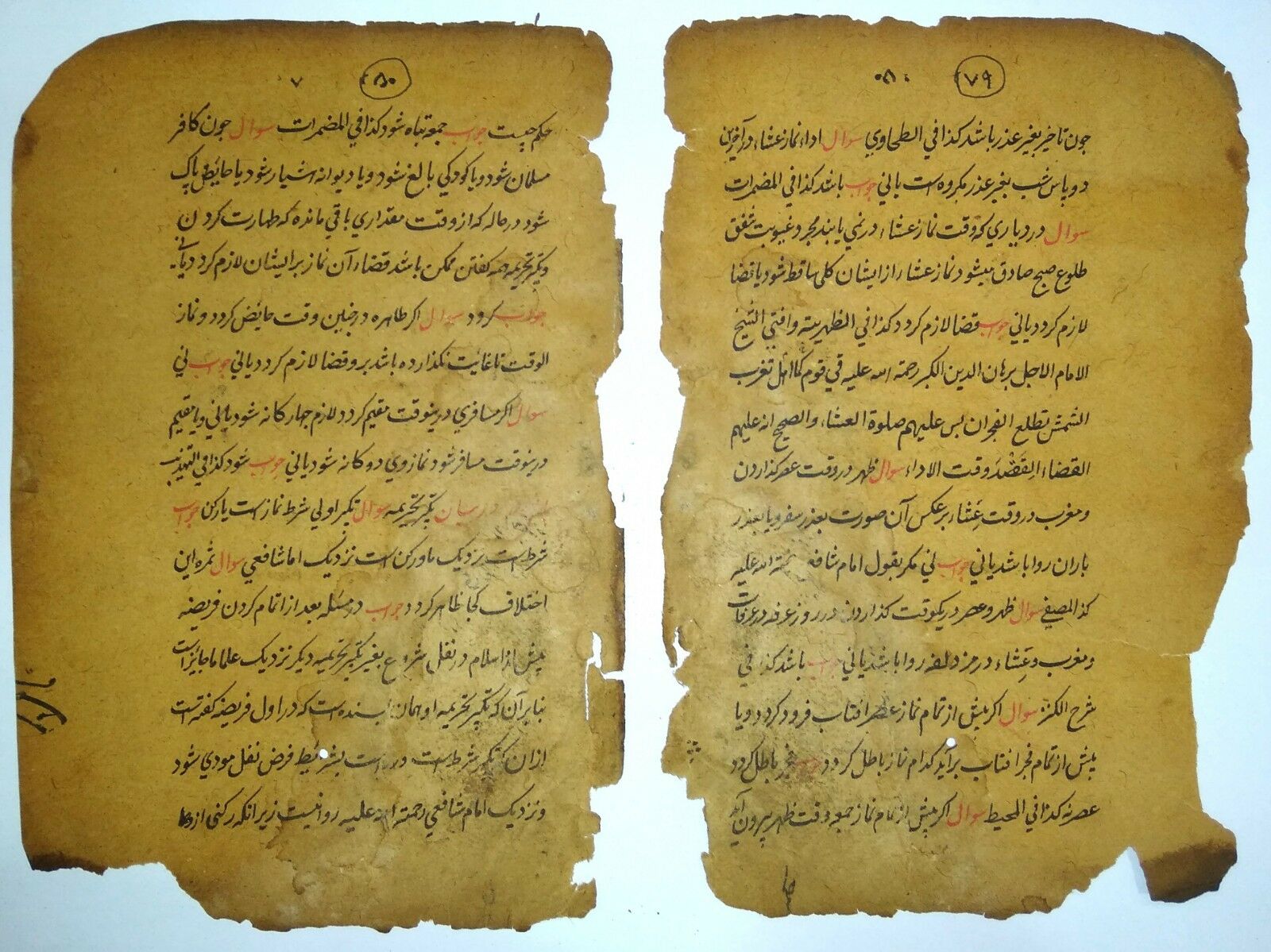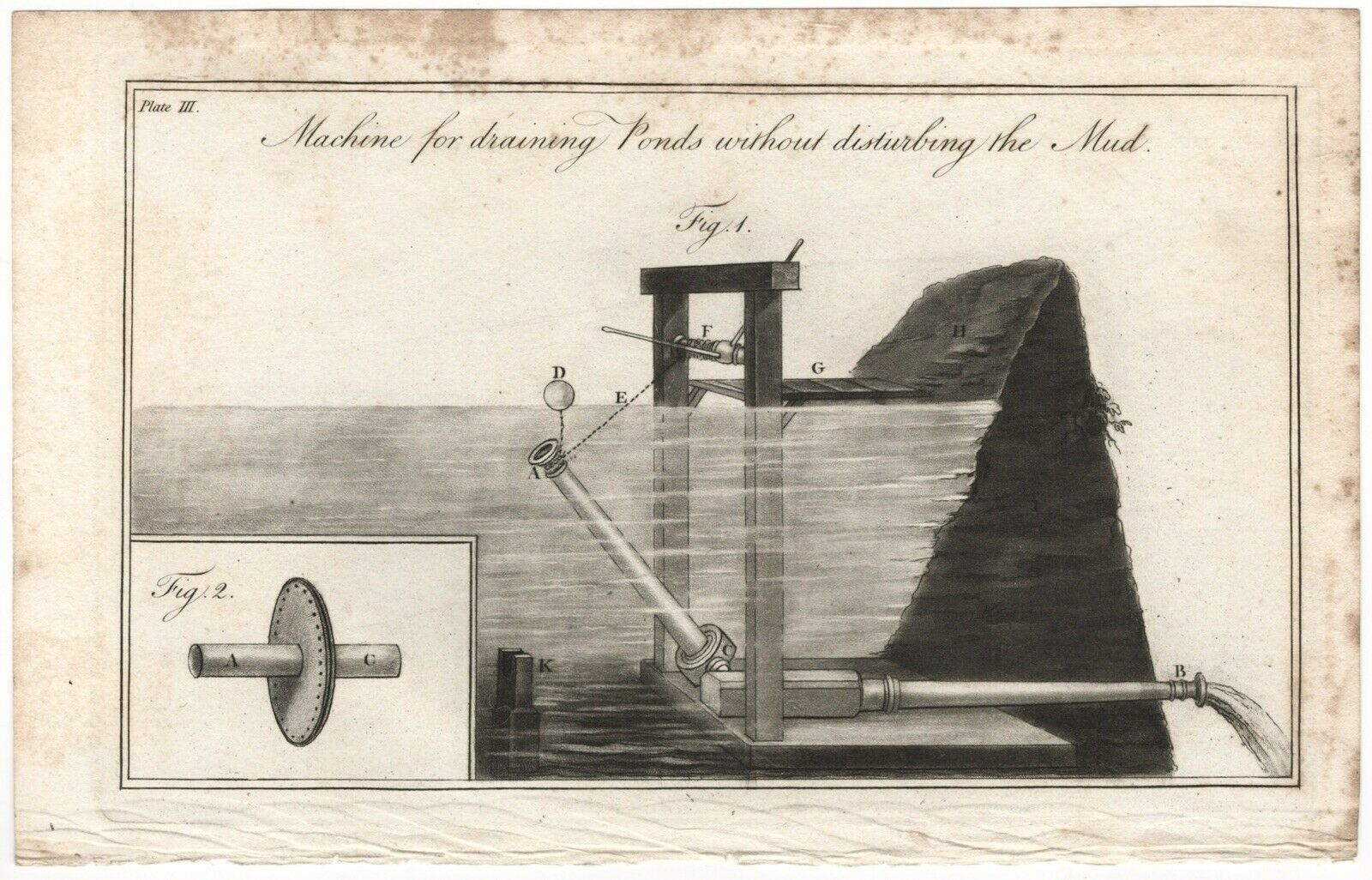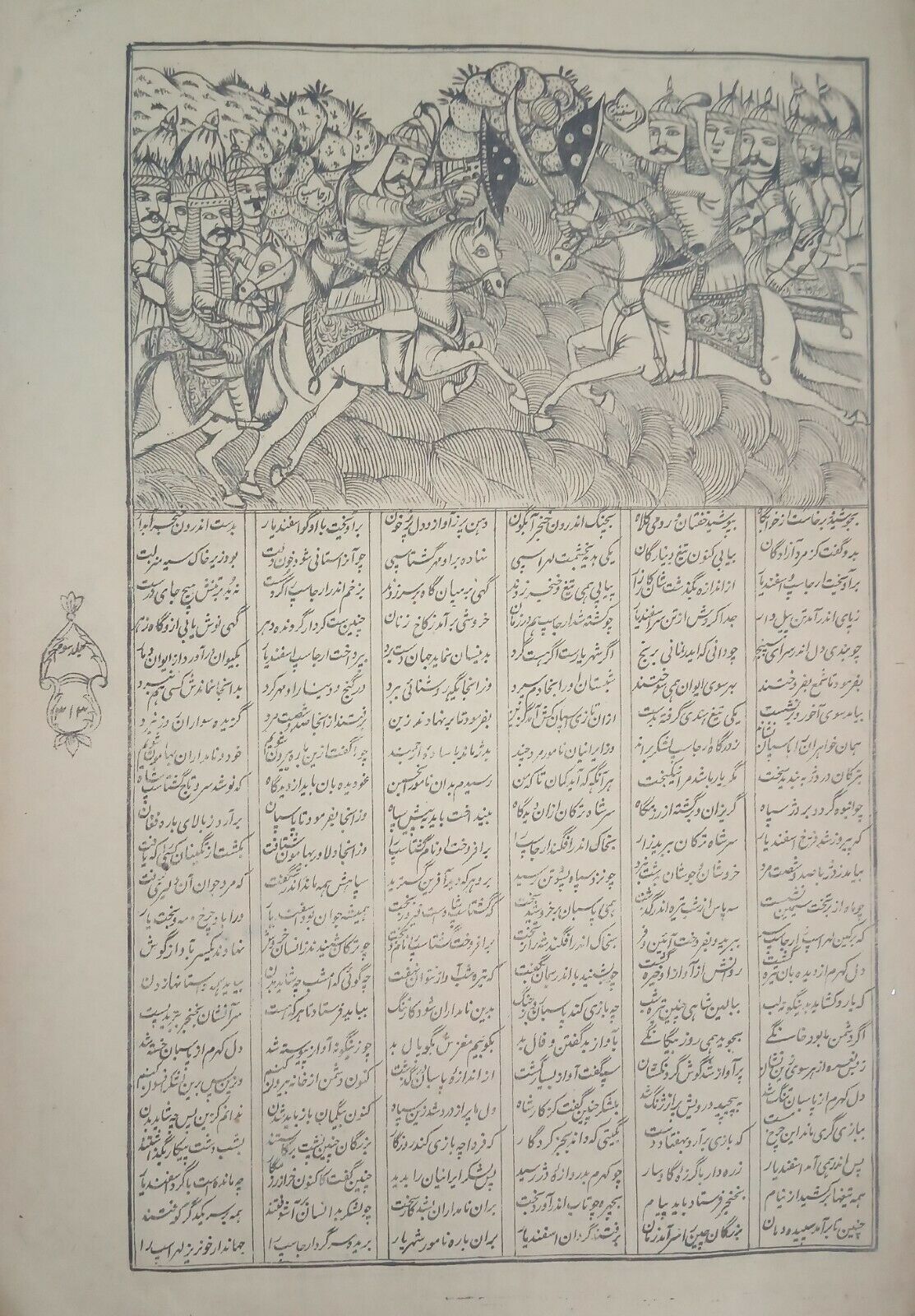-40%
Human Life Expectancy - Two 18th Century Scientific Papers
$ 52.8
- Description
- Size Guide
Description
Life expectancyis a statistical measure of how long a person or organism may live, based on the year of their birth, their current age and other demographic factors including gender. At a given age, life expectancy is the average number of years that is likely to be lived by a group of individuals (of age
x
) exposed to the same mortality conditions until they die...
Mathematically, life expectancy is the mean number of years of life remaining at a given age, assuming constant mortality rates.
.
.
Longevity
and life expectancy are not synonyms. Life expectancy is defined statistically as the average number of years remaining for an individual or a group of people at a given age. Longevity refers to the characteristics of the relatively long life span of some members of a population. Moreover, because life expectancy is an average, a particular person may well die many years before or many years after their "expected" survival. The term "
maximum life span
" has a quite different meaning and is more related to longevity.
[Wikipedia]
T
he methodology for determining life expectancy has evolved over the years. The accuracy of the projections has a pronounced effect on both the societal and economic interests of individuals and governments.
The two papers here describe some of the work done in the 18
th
century to evaluate and improve the estimates of life expectancy. The two papers are:
A View of the Relation between the celebrated Dr. Halley
’s Tables, and the Notions of Mr. De Buffon, for establishing a Rule for the probable Duration of the Life of Man; by Mr. William Kersseboom, of the Hague. Translated from the French, by James Parsons, M. D, and F. R. S.
London: Philosophical Transactions, 1754. The preparation of statistical tables to predict life expectancy was
performed by competing analysts. In this paper, Mr. Kersseboom compares several tables to determine why they differ from each other.
[
The item is a First Edition, extracted and disbound from The Philosophical Transactions of the Royal Society, Vol. 48, For the Year 1753, pages 239-252. This volume of the transactions was published in London in 1754.
]
A Letter to the Rev. Dr. William Brakenridge, Rector of St. Michael Bassishaw, London, and F.R.S. concerning the Term and Period of Human Life: In which the Inequalities in constructing, and the false Conclusions drawn from Dr. Halley’s Breslau Table are fully proved; the supposed extraordinary Healthfulness of that Place is particularly examined, and confuted; and its real State equaled by divers Places in England; the Imperfection of all the Tables formed upon 1000 Lives is shewn; and a Method proposed to obtain one much better: By T. W., A.M.
London: Philosophical Transactions, 1763. The ability to improve life expectancy tables as more data and more recent information is considered is demonstrated in this paper.
[
The item is a First Edition, extracted and disbound from The Philosophical Transactions of the Royal Society, Vol. 52, For the Years 1761 & 1762, pages 46-70. This volume was published in 1763.
]
The illustrations above show the first page of each paper.


